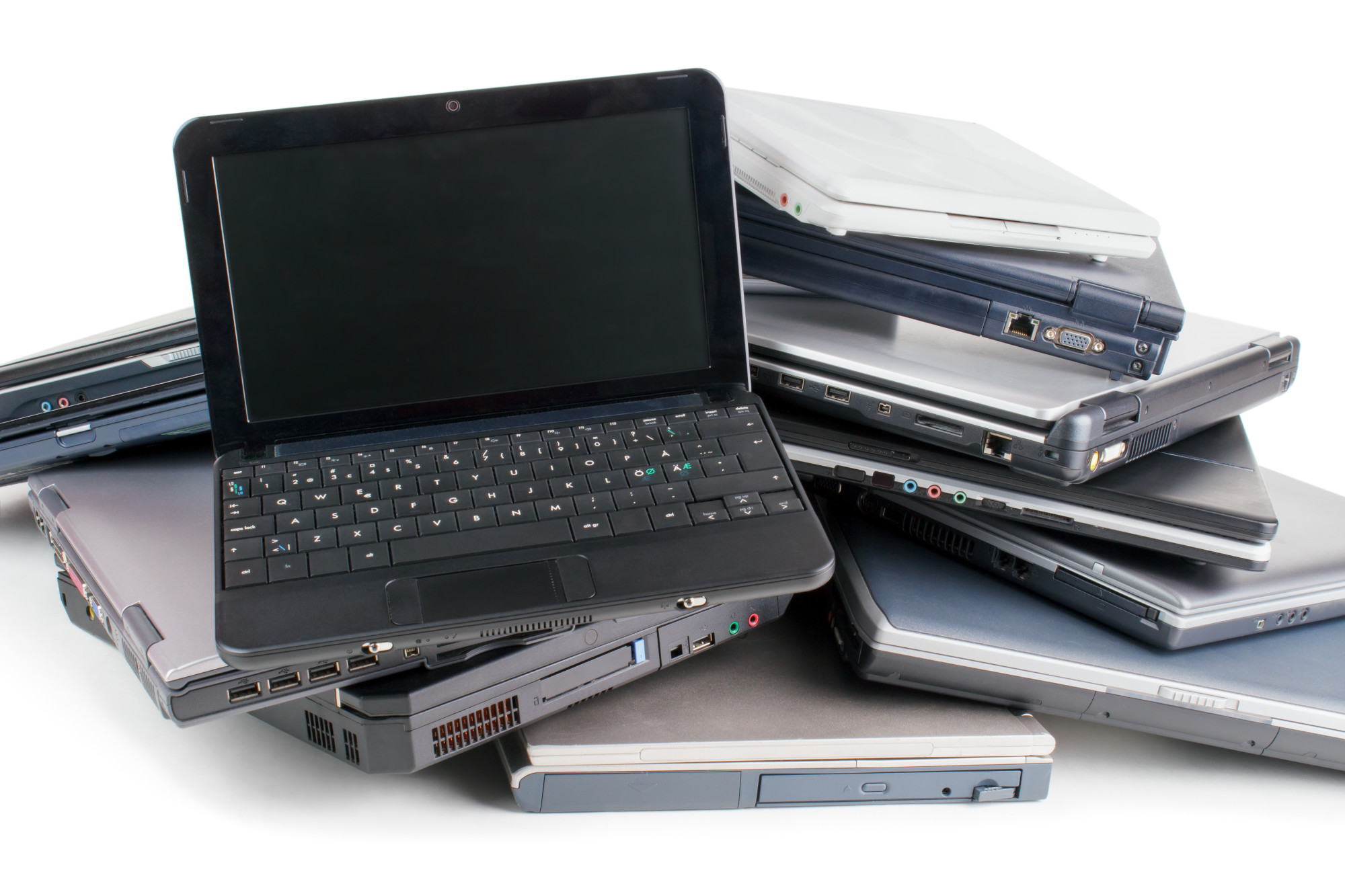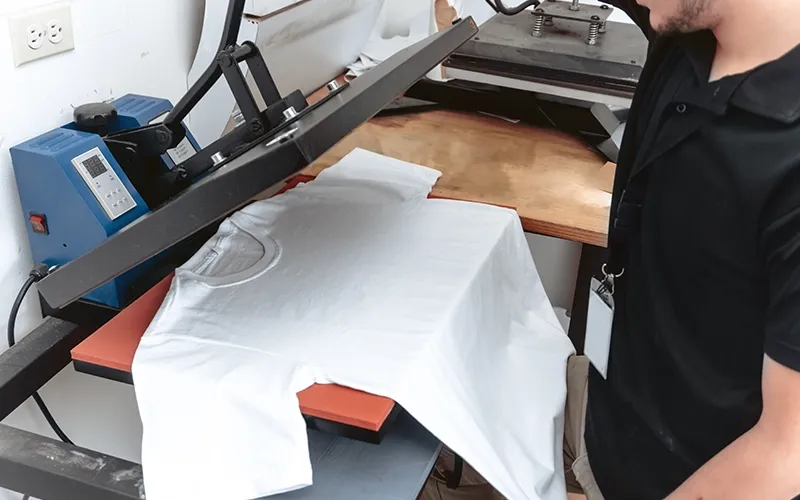How Often Should You Buy a New Laptop?: 6 Telltale Signs the Answer Is Now
Global PC shipments in the third quarter of 2020 represented a 3.6% jump from the third quarter of 2019. All in all, PC makers rejoiced as they sold a whopping 71.4 million units from July to September 2020.
With the upcoming holidays and tech deals, computer makers expect even more sales.
As a computer user yourself, you may be planning to purchase a new device, too. However, you may still be on the fence if your current one still runs. You may have even wondered, “how often should you buy a new laptop, and when is it a good time to make such a purchase?”
These are all good questions, especially since new laptops aren’t exactly cheap. As such, we created this guide to help you make a smart, savvy, and practical choice. Read on to know how often, when, and why you should get a new laptop.
Do You Really Need a New Laptop?
If your current laptop isn’t experiencing major slowdowns, you might want to hold on to it. The same goes if it doesn’t have considerable physical damages. If it’s not broken or irreparable, and it’s also upgradable, then it makes more financial sense to keep it.
So, How Often Should You Buy a New Laptop Then?
Unless you’re rolling in dough, it’s best to stick to buying a laptop once every three to five years. That’s the average life span of traditional laptops and notebooks.
However, some brands and specific models can last way longer, even up to a decade. Macs, for instance, can last for at least five years, with some lasting for eight to 10. Higher-end models from Lenovo, HP, and Dell also often last for more than half a decade.
Why Consider Holding on to Your Current Device
In 2019, consumers spent an average of $700 on a new laptop. That’s not necessarily expensive, but it’s not cheap, either. Even if that price doesn’t change in the next 10 years, it doesn’t make sense to buy a new unit each year and spend $7,000 in total.
There’s also the matter of electronic waste, which continues to rack up each year. In 2019, for instance, the world produced a staggering 53.6 million metric tons of e-waste. Less than a fifth of that underwent official collection and recycling.
If you discard one laptop each year, you’re contributing a lot to that pile of hazardous waste. Do note that e-waste puts everyone at risk of health issues, such as nerve disorders. Electronic waste also endangers the environment, as it can leach toxins.
At the very least, you may miss out on better tech if you buy a new laptop long before you should retire your current one. For example, a quad-core notebook you buy today may cost the same as an eight-core Lenovo laptop by next year.
When to Buy a New Laptop
If your current laptop is several years old, then it may be time for you to buy a new laptop. This is especially true if the maker of your device plans to end that model’s support. The same applies if your computer isn’t upgradable and it has become extremely slow.
The six signs and symptoms below can help you determine if now is the best time to buy a new laptop.
- Devices Nearing Their “End-of-Support”
End-of-support is the phase in which a company stops providing support for a product or a service. This occurs over many years, though, such as in the case of Windows 7, which received support for over 10 years. However, many other laptop models get phased out over just a few years.
In any case, you’d want to buy a new laptop before your current one reaches its end-of-support. For starters, many non-supported devices no longer have repair parts manufactured for them. So, if your old laptop breaks down, you may have a hard time getting it to work again.
In this case, it would be difficult to recover all the precious data stored in that outdated device.
In addition, unsupported laptops have a significant risk of falling victim to cybercrime. Since they no longer receive support, that also means their OS and apps don’t get updated anymore. Without these crucial updates, hackers and cybercriminals can easily exploit these devices.
In fact, a 2019 study found missing patches to have contributed to one in five high-risk cyber issues.
So, if your laptop no longer supports OS and app updates, it’s time to get it recycled. Switch to a new laptop before you experience the disastrous effects of cybercrimes.
- Your Laptop Produces Loud Clicks or Snaps
Audible clicks and snaps are solid indicators that your hard drive is nearing its demise. These noises often arise from faulty or broken disk arm readers. It won’t be long before your drive fails, which will ultimately lead to data loss.
Do note that data loss is still so widespread that two-thirds of consumers experienced it in 2019. Although some were due to accidental deletions, many others were due to failed drives. Once a drive breaks down, it can be difficult to retrieve all its contents.
If your noisy laptop still boots, create a backup, or clone your entire system as soon as you can. This way, even if the drive fails, you still have a way to access your data.
In any case, you’d need a new laptop if your old one isn’t upgradable. This is the case for devices with soldered components. Their disk drives are not removable, making it impossible to change just the faulty drive.
If you have an upgradable device, you may consider just swapping out the failed drive. However, you should still factor in the laptop’s age; if it’s at least three years old, you may be better off with a new one.
- You Still Have a Mechanical Drive
Speaking of mechanical drives, these computer parts last as long as most laptops. That gives them a three- to five-year lifespan. In fact, this is where the service life estimates of laptops get based on.
If your current laptop still has a mechanical hard drive, it may be a good time to replace it. Most of today’s new models now come with a solid-state drive (SSD). Unlike mechanical drives, SSDs don’t have moving parts, so they have a longer service life.
Moreover, SSDs are at least four times as fast as mechanical hard drives. That’s why they read and write data faster than traditional armed drives.
- Insufficient, Non-Upgradable Memory
Many laptops now also come with soldered random access memory (RAM) sticks. Like soldered disks, these aren’t changeable or upgradable, either. If your current laptop only has 2GB of non-upgradable RAM, it’s high time you consider buying a new unit.
This is especially true if you now have to use multiple apps at the same time. The more simultaneous programs you run, the more RAM you consume. The closer your RAM usage reaches its capacity, the slower your laptop’s performance.
The thing is, many individual applications already require 1 GB of RAM each. The 32-bit Windows 10 version, for instance, requires 1 GB of accessible RAM to operate. So, that leaves you with only 1 GB of usable RAM during every session.
1 GB is still enough for low-key tasks like using text editors or surfing the net. However, you can only open a few browser tabs with that limited memory. Otherwise, your browser will lag, and your entire laptop may slow down, too.
- Battery Drains Too Fast
Some of today’s best laptops can last for about eight to 16 hours between charges. That’s impressive, especially since that time frame accounts for normal operation. That includes browsing, texting, streaming, and even indie-gaming.
So, if your current laptop battery drains within an hour or less, it may be time to replace your device. You may be able to get just a new battery, so long as the old one is removable. If not, your only option is to recycle your old laptop and get a brand new unit.
- Your Laptop Keeps Crashing
Sometimes, a laptop will crash when its internal components get too hot. This can happen if the air vents get blocked, either with debris or any other object. Faulty apps can also trigger the “Blue Screen of Death” on Windows, and in a few cases, on Macs.
However, if your device crashes at least once a day and this has been going on for some time, you may have malware. Run a full malware scan, and be sure to quarantine or delete any malicious program you encounter.
If you don’t have a malware infection, your problems may be due to failing hardware. Aside from hard drives, parts of your motherboard may also be malfunctioning.
In any case, create a data backup or clone if you still can before your old gear permanently breaks down. You can then transfer your backed-up or cloned files to your new laptop.
Keep Practicality In Mind Whenever Deciding on a New Laptop
There you have it, the complete guide that answers your question, “how often should you buy a new laptop?” Again, it’s not a matter of how often; it’s more of when you should consider replacing an old one.
So long as it’s still working okay or if it’s upgradable, it’s best to hold on to it. However, if it’s become a source of headaches and productivity losses, it’s time to get a new laptop.
Looking for more informative tech and office guides like this? Check out the rest of our blog and news posts then!




